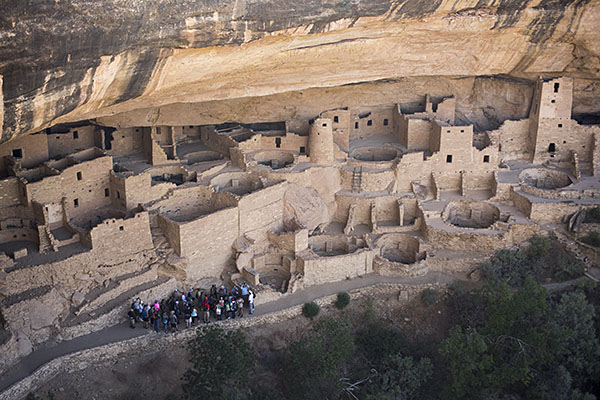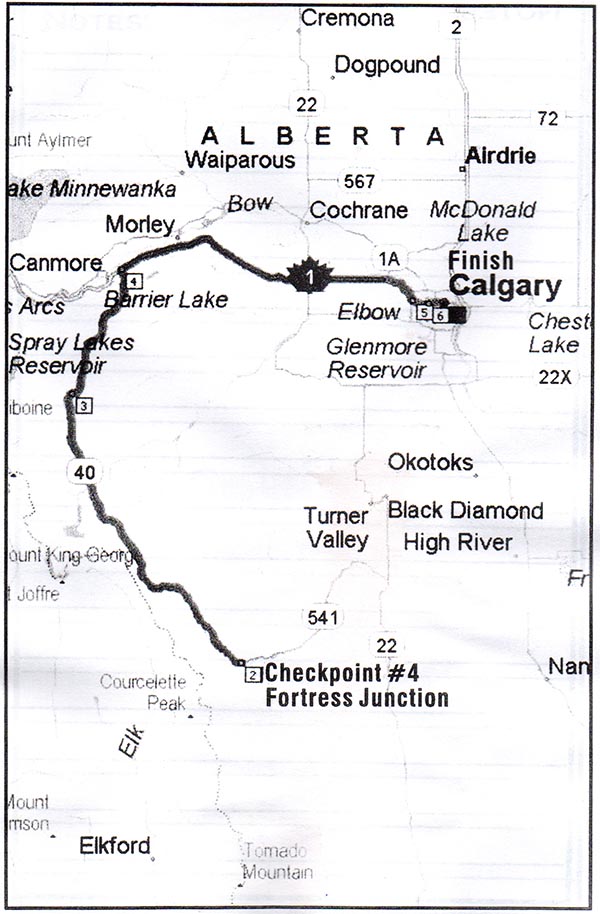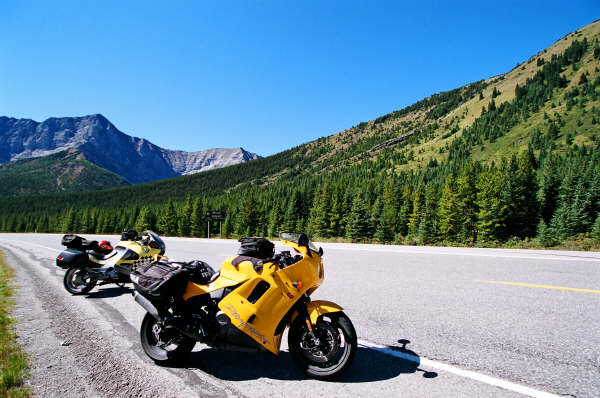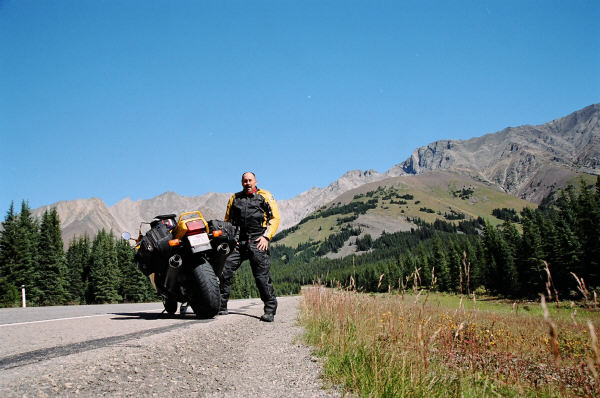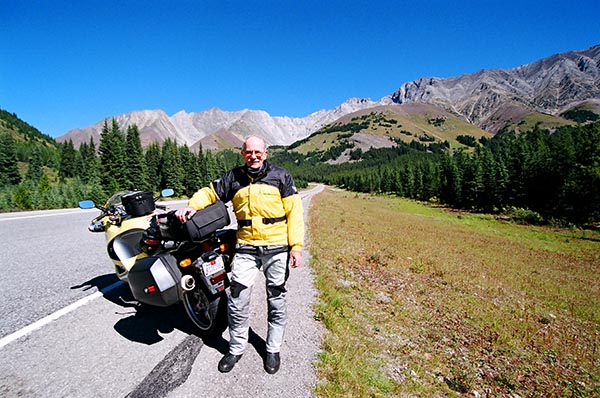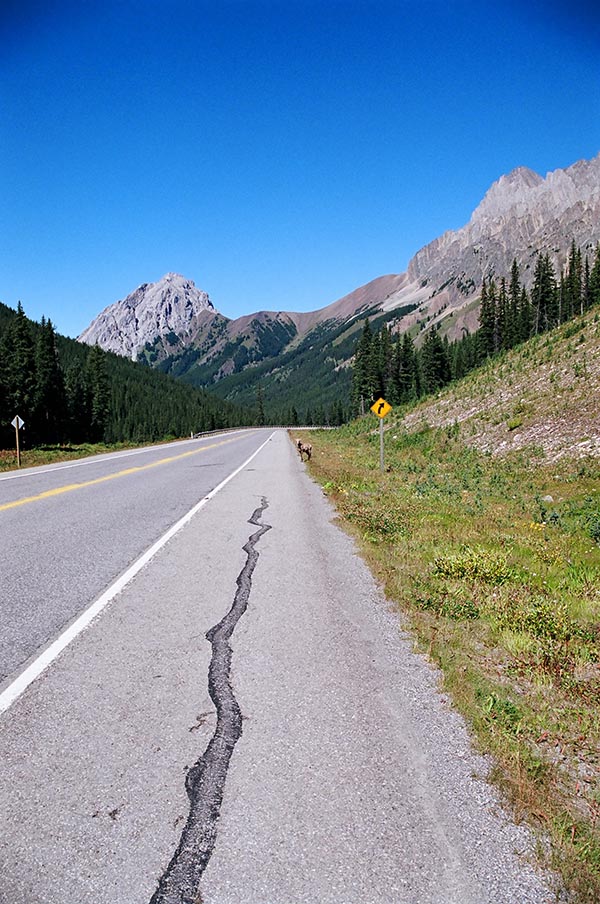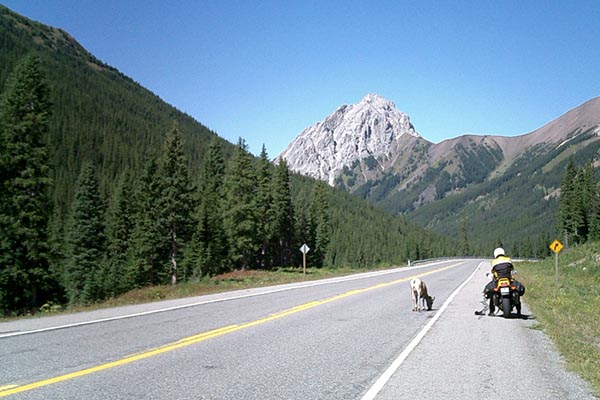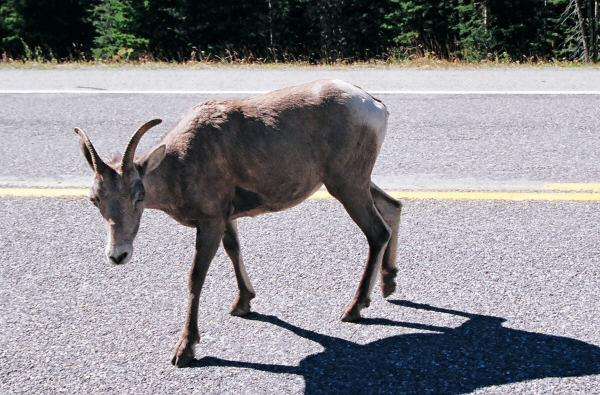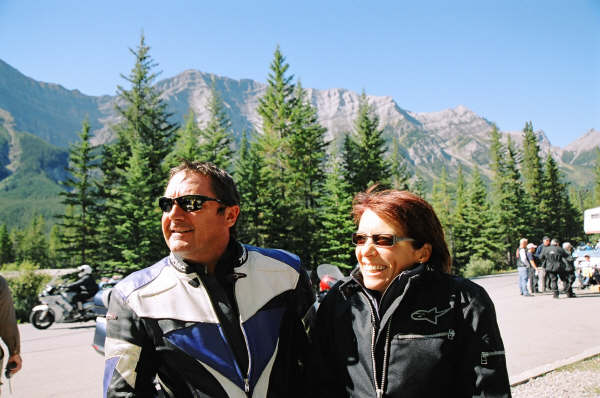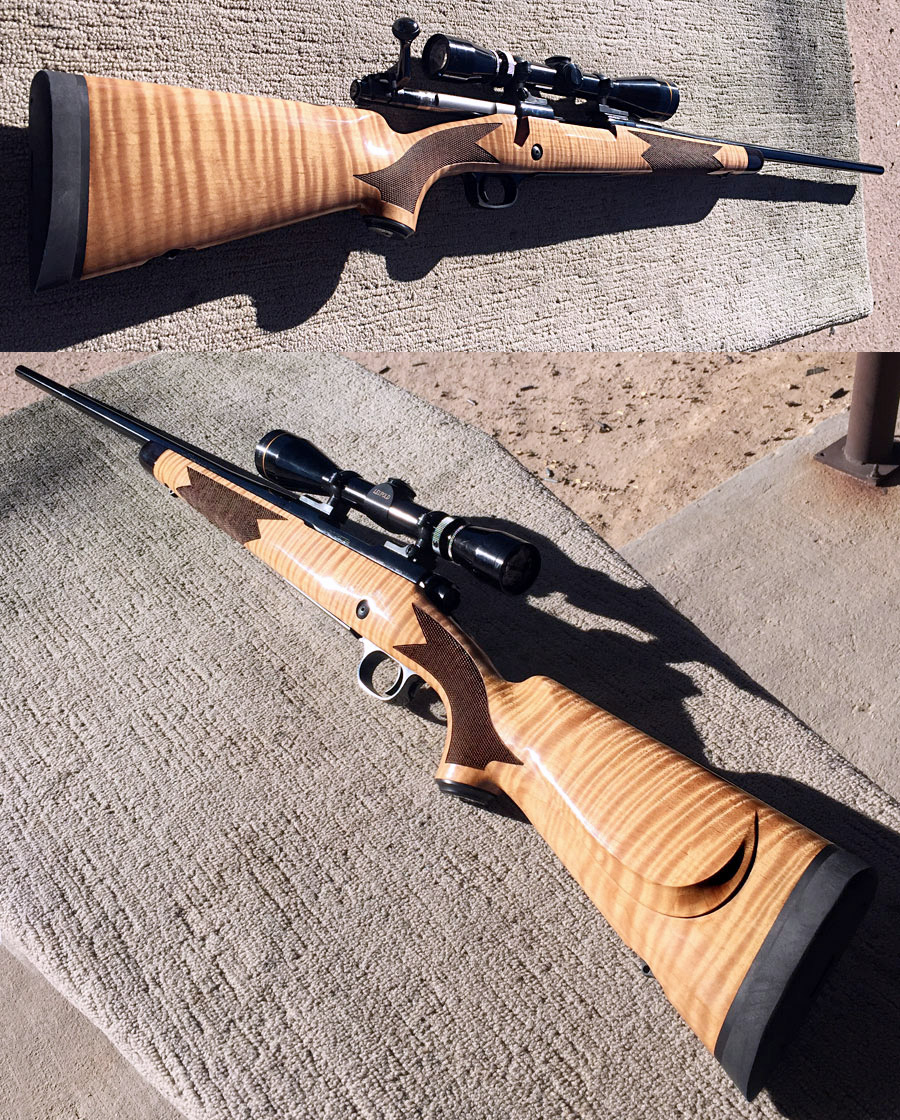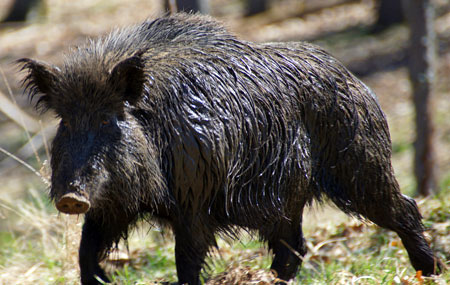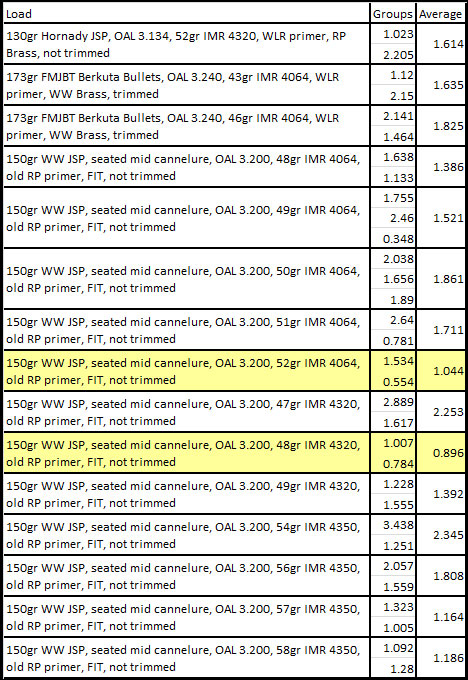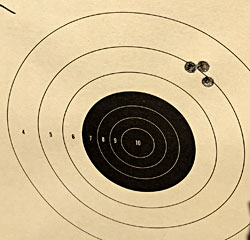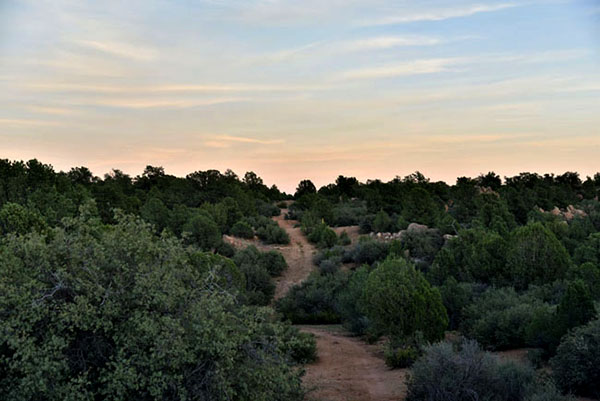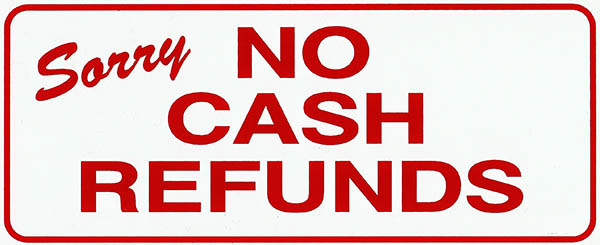 Some days you just have to pick up your marbles and go home.
Some days you just have to pick up your marbles and go home.
We’ve had a lot of rain out here this winter, and I’ve been suffering from cabin fever. Big time. I’m headed to Baja next week and it’s supposed to start raining again, but hey, it is what it is. What I really wanted to do this morning was get to the range to shoot my .45. The range I belong to (the West End Gun Club) is private, it’s tucked behind the hills in the San Gabriel Mountains, and getting there literally involves driving across a stream. Usually there’s only a couple of inches of water in the stream and getting across is no problem. But all that changed with the recent rains. The little stream became a torrent, it’s still a torrent, and it’s moved huge boulders downstream. It’s been that way for a couple of weeks now. I was hoping the water level had gone down and I would be able to get across this morning, so I loaded up the Subie and headed up in the mountains.
When I got to the stream, I could see there was no way I was going to get across short of renting a helicopter. Our little stream was deep and fast a couple of weeks ago when I made the video above, and it’s stayed that way, with the addition now of the aforementioned boulders.
Okay, there’s a commercial range open to the public deeper into the mountains. I’d have to pay to shoot there, and I hadn’t done that in years, but like I said, I had cabin fever and I wanted to shoot. So I rolled another 15 miles or so deeper into the mountains.
“It’s $20,” Grizzly Adams (the guy behind the counter) told me (that’s not his real name, and I’m probably insulting folks named Grizzly Adams everywhere by assigning the moniker, but you get the idea). “It’s another 6 bucks for a target stand,” Grizzly continued, “and more if you need targets.”
Nah, I’ve got my own stand, I told him, and I brought my own targets with me.
“Drive through that gate and turn left,” he told me. I did.
As soon as I parked, another Grizzly Adams type came up and asked me, “Do you see what’s different between your car and every other car parked here?”
Hmmm. I didn’t know. I looked. I thought about it briefly. My car had no primer spots and missing body panels?
“I don’t know,” I said, “and I really didn’t drive out here to take a quiz. Make it easy and just tell me.”
“You’re supposed to back in,” Grizzly No. 2 said. Sure enough, I was the only one who had parked like a normal person. Go figure.
“Okay, I’ll turn my car around,” I said. It’s better to just do things sometimes than to try to argue or comprehend the reasons why. But we were on a line break, people were downrange changing their targets, and I asked if I could set up my target stand first, and then turn my car around.
Just then one of the shooters ran up. “Hey, my gun’s still loaded,” he said to Grizzly No. 2, who as it turns out was also the rangemaster. Wow, I thought. This is a big deal. The rangemaster (and I’m using the term very loosely; the only thing this guy had evidently mastered was controlling which way parked cars faced) had failed to do his most important job: Making sure all weapons were clear before he allowed folks to go out in front of the firing line. I mean, wow, there were folks downrange with a loaded rifle on one of the shooting benches. Pointing downrange. In the Army, best case, that would get you a lifetime of KP duty and maybe a couple thousand punitive pushups.
Then he compounded the felony.
He didn’t tell the people downrange to move aside and return to safety behind the firing line. “Just leave it alone,” the rangemaster quietly told the guy who owned the loaded rifle, which was pointed downrange, while people were out in front of said loaded rifle changing their targets. He allowed the folks who were downrange, in front of the loaded weapon, to continue their activities. I’d never seen anything like this on any range, and I’ve been doing this a long time. I was shocked.
“You know,” I said, “I think I’ve seen enough,” and with that I got back in my car and headed back to the little building at the entrance. I went inside and told Grizzly No. 1 what had just happened. “You’re running an unsafe range,” I told him, and I explained I didn’t feel safe being there. “I’d like my $20 back,” I added. All of this (from the time I drove in, paid my $20, went to the line, and returned to this guy’s counter) happened in the space of maybe 3 minutes.
“Can’t do that,” Grizzly No. 1 said. And with that, he smiled a gap-toothed, maybe-my-parents-were-related-before-they-got-married smile, and pointed to a small sign on the wall.
No refunds.
I looked at him. Then I looked at the sign again. Then I looked at him. He was still smiling. I smiled too. Sometimes I wonder what I’m going to put on the blog the next day, and I had been wondering about that as I drove out to the range. Problem solved, I thought. I still had a touch of cabin fever, but I had no new bullet holes in me and I knew what the 28 February ExNotes blog would be all about.

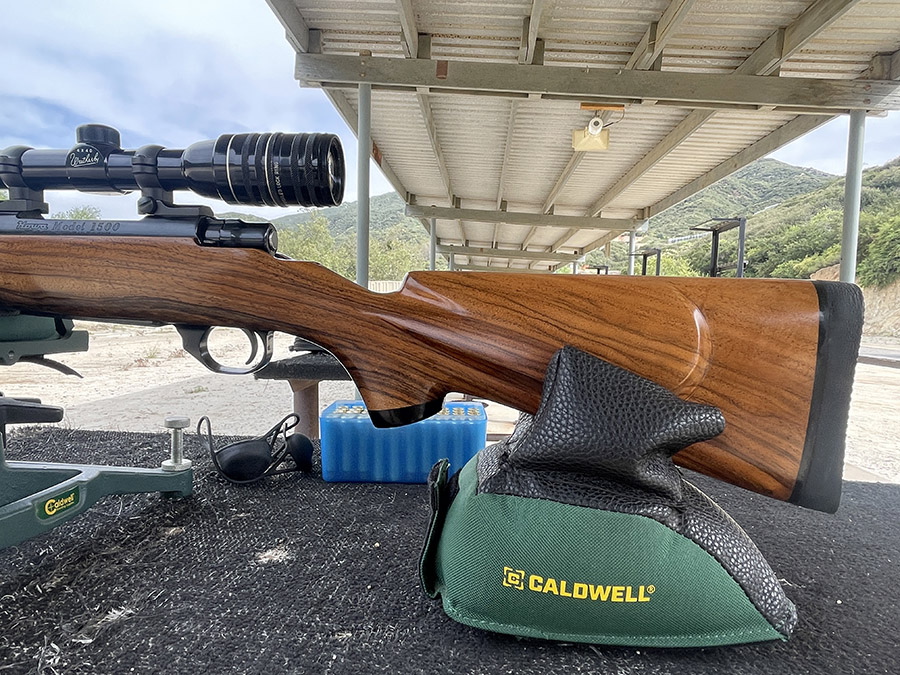
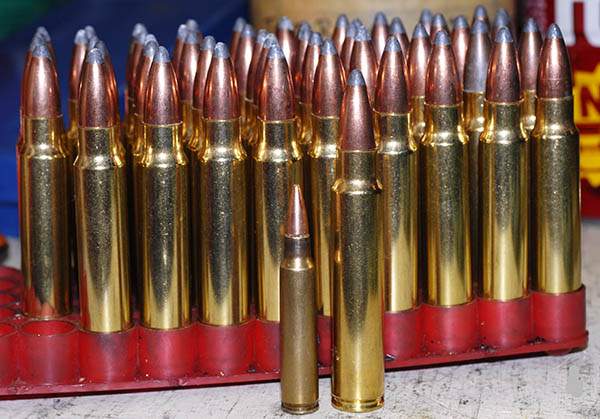
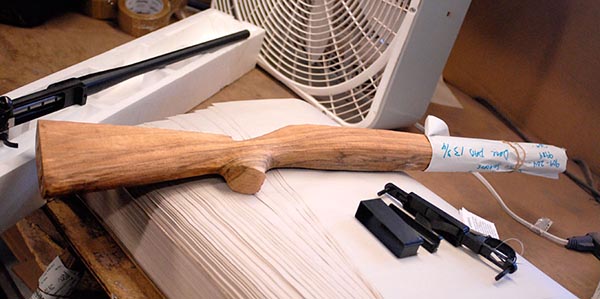
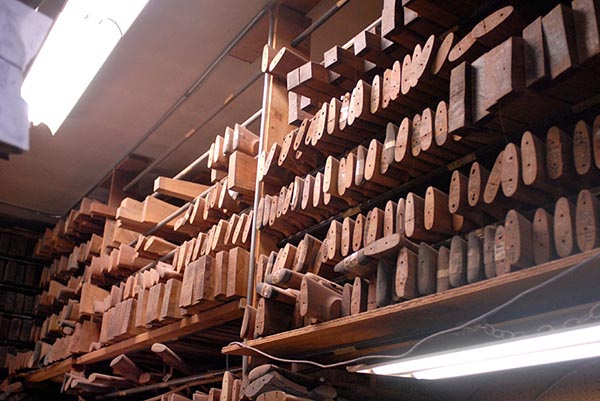
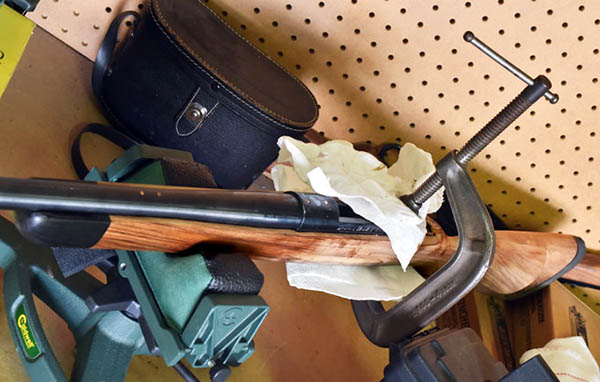
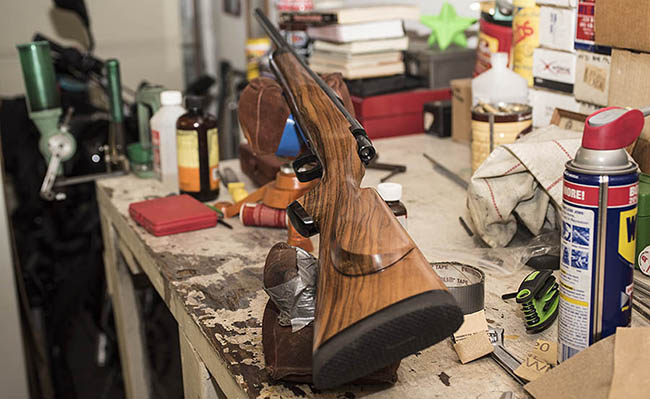
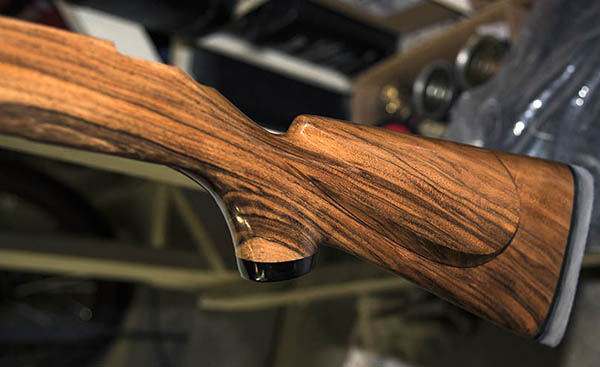
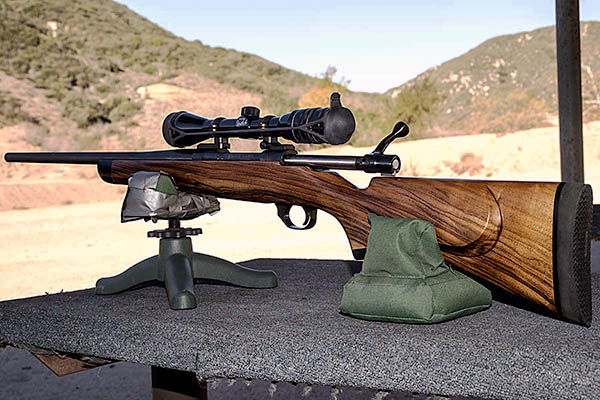
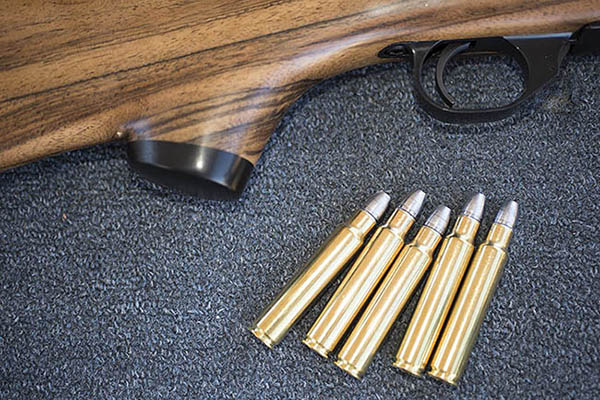
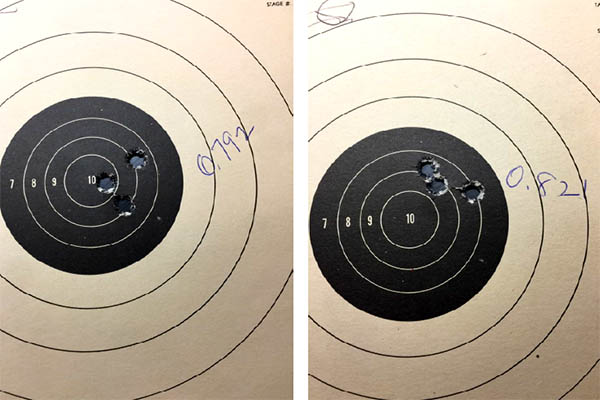












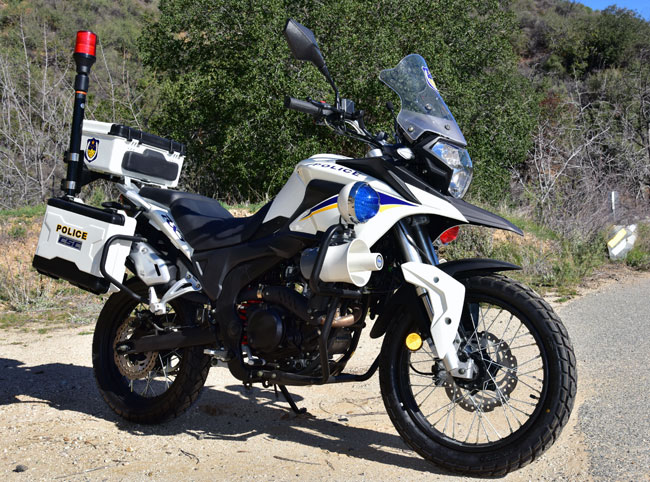 A few years ago when visiting the Zongshen plant in Chongqing, I spotted an RX3 set up as a police bike. It caught my eye for several reasons. First and foremost, it was a snappy looking motorcycle. I had written the
A few years ago when visiting the Zongshen plant in Chongqing, I spotted an RX3 set up as a police bike. It caught my eye for several reasons. First and foremost, it was a snappy looking motorcycle. I had written the 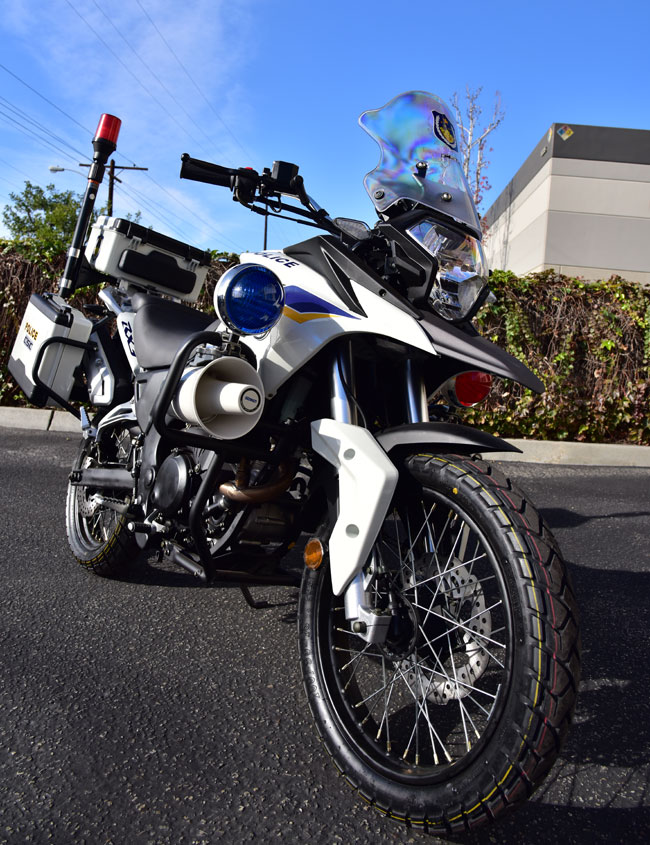
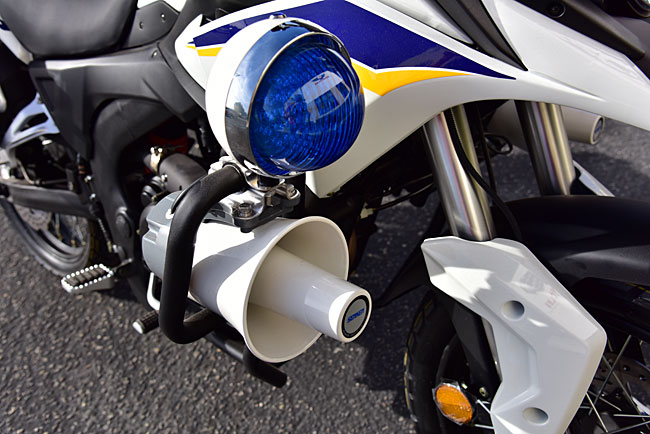
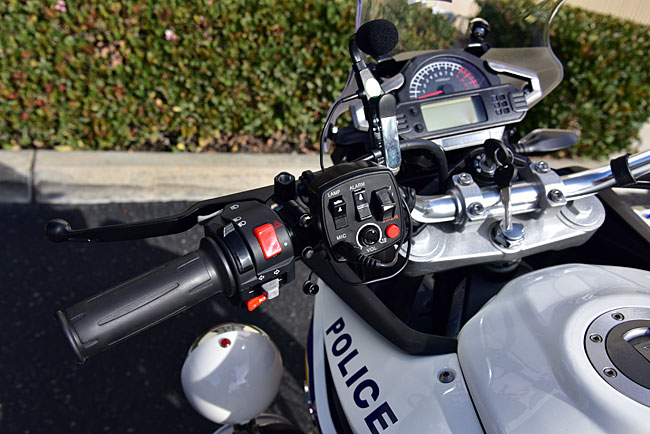 I was still pumped about the police bike, though, and I convinced CSC to bring the RX3-P to the US for a trial marketing period. You can see my enthusiasm in the video we put together on the bike…
I was still pumped about the police bike, though, and I convinced CSC to bring the RX3-P to the US for a trial marketing period. You can see my enthusiasm in the video we put together on the bike…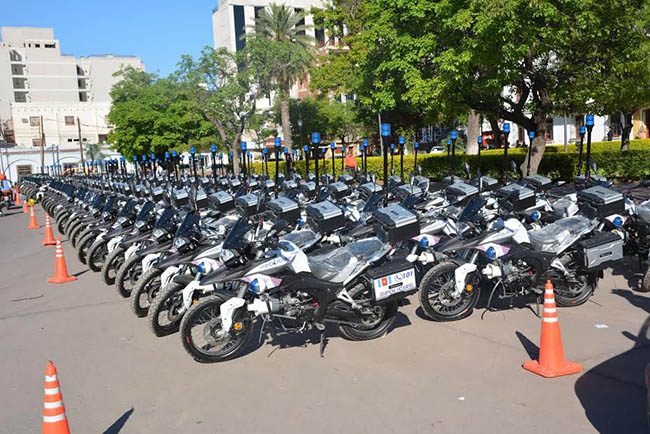 We publicized the bike big time on the CSC blog, and I think that got noticed around the world. The RX3-P found a home with several large police departments in Asia and South America. That’s a good thing, because it’s a great bike. I’d still like to see it happen here in America. I imagine Zongshen will introduce a police version of their RX4, and maybe that larger bike will have a better chance at breaking into the US police motorcycle market. Someday. Maybe. We’ll see.
We publicized the bike big time on the CSC blog, and I think that got noticed around the world. The RX3-P found a home with several large police departments in Asia and South America. That’s a good thing, because it’s a great bike. I’d still like to see it happen here in America. I imagine Zongshen will introduce a police version of their RX4, and maybe that larger bike will have a better chance at breaking into the US police motorcycle market. Someday. Maybe. We’ll see.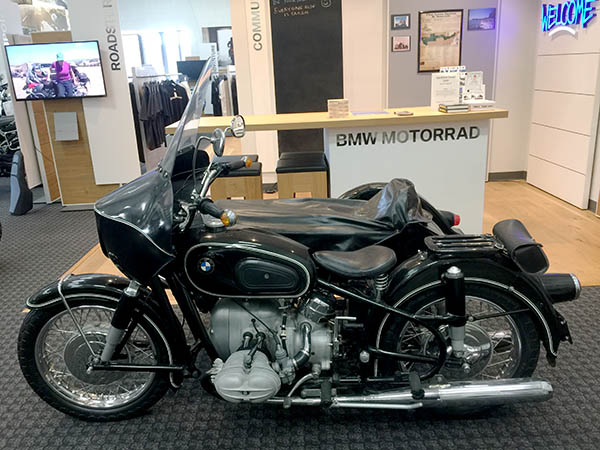
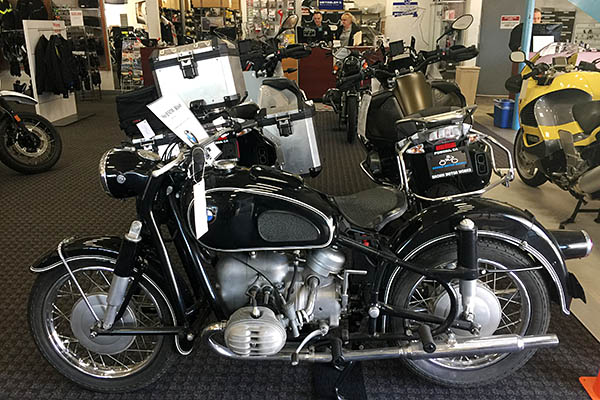 I’ve always thought it would be cool to ride one of those early Earles-forked BMWs. When I lived through the ’60s, I thought the bikes were cool in an odd sort of way…lots of displacement but low power compared the BSA and Triumph 650s of the day, a weird kick starter that rotated outward from the bike, the low profile, and of course, the horizontally-opposed twin configuration. For a kid lusting after vertical twins from England and Honda Super Hawks, the BMW was most definitely an odd duck, but they were still cool. You didn’t see them very often, but when you did, the bikes commanded respect. They had what I later learned to call command presence. It’s hard to define, but it was definitely there.
I’ve always thought it would be cool to ride one of those early Earles-forked BMWs. When I lived through the ’60s, I thought the bikes were cool in an odd sort of way…lots of displacement but low power compared the BSA and Triumph 650s of the day, a weird kick starter that rotated outward from the bike, the low profile, and of course, the horizontally-opposed twin configuration. For a kid lusting after vertical twins from England and Honda Super Hawks, the BMW was most definitely an odd duck, but they were still cool. You didn’t see them very often, but when you did, the bikes commanded respect. They had what I later learned to call command presence. It’s hard to define, but it was definitely there.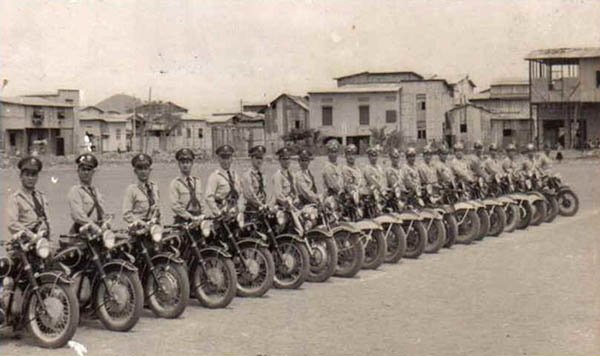 You can see how the public admire Guayasense, a motorcyclist and Lord of the Transit Commission of Guayas Province at that time.
You can see how the public admire Guayasense, a motorcyclist and Lord of the Transit Commission of Guayas Province at that time.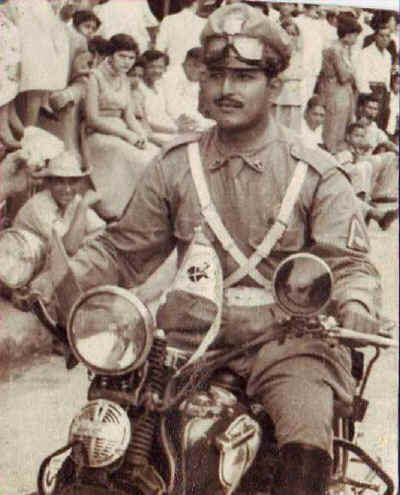 During the beginning 50 years, the Presidential Escort was established with the primary mission of escorting and providing security to the President and Vice-President of the Republic. They lit the alarm sirens, lights flashing resplendent in their motorcycles. The seated gentlemen guards were ordered in strategic caravans taking custody of the Presidential car with professionalism and responsibility.
During the beginning 50 years, the Presidential Escort was established with the primary mission of escorting and providing security to the President and Vice-President of the Republic. They lit the alarm sirens, lights flashing resplendent in their motorcycles. The seated gentlemen guards were ordered in strategic caravans taking custody of the Presidential car with professionalism and responsibility.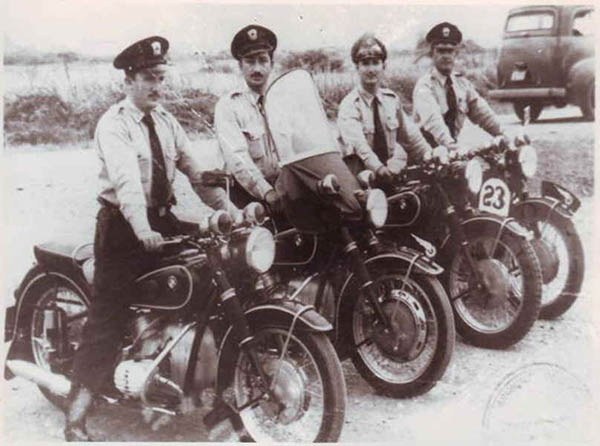 We appreciate the members of the Presidential Escort’s professionalism and accountability. Here they are with His Excellency, Mr. President of the Republic of Ecuador, Dr. Jose Maria Velasco Ibarra.
We appreciate the members of the Presidential Escort’s professionalism and accountability. Here they are with His Excellency, Mr. President of the Republic of Ecuador, Dr. Jose Maria Velasco Ibarra.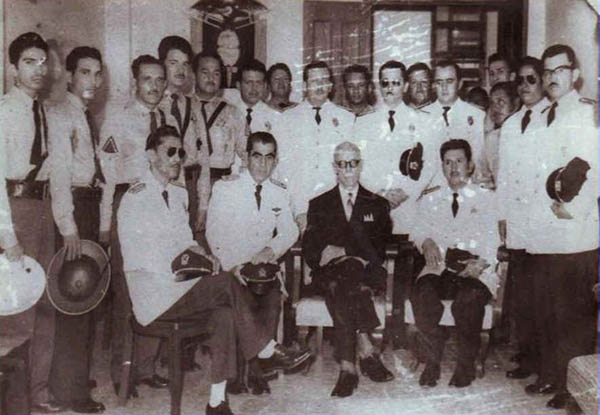 Here we can see Vigilante Vicente Alvarado doing acrobatics and practicing on his motorized vehicle (motorcycle) at the start of the Training School of Presidential Escort.
Here we can see Vigilante Vicente Alvarado doing acrobatics and practicing on his motorized vehicle (motorcycle) at the start of the Training School of Presidential Escort.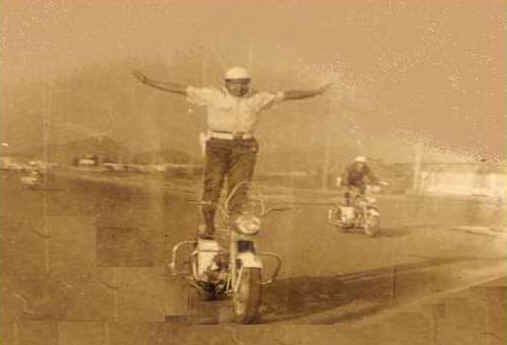 In the 80 years of its existence the Transit Commission has renewed its fleet by acquiring brand new 750 cc Suzuki motorcycles, which were used for the Presidential Escort. Here we see Mr. Transit Chief Mayor Jorge Peñafiel Ball, and Mr. Sub Chief Transit Mayor Carlos Palacios Torres.
In the 80 years of its existence the Transit Commission has renewed its fleet by acquiring brand new 750 cc Suzuki motorcycles, which were used for the Presidential Escort. Here we see Mr. Transit Chief Mayor Jorge Peñafiel Ball, and Mr. Sub Chief Transit Mayor Carlos Palacios Torres.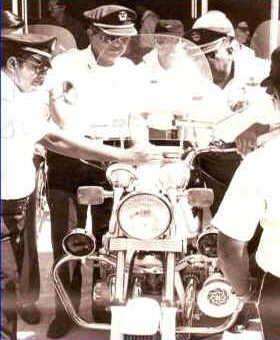
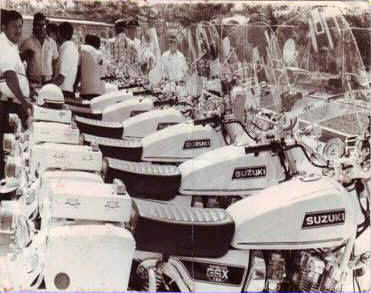 In the 1990s, the leading institution for transit renewed its fleet by acquiring 750 cc Honda motorcycles.
In the 1990s, the leading institution for transit renewed its fleet by acquiring 750 cc Honda motorcycles.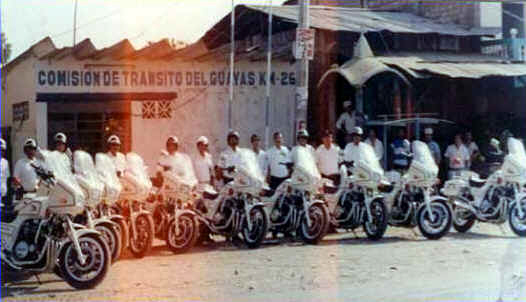 In gratitude for the performance of motorcyclists who were part of the Presidential Escort, the department received Harley Davidson Motorcycles.
In gratitude for the performance of motorcyclists who were part of the Presidential Escort, the department received Harley Davidson Motorcycles.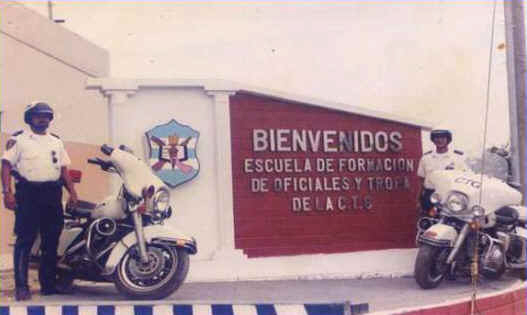 Festivities in Juliana’s staff. Here is 92 years of motorcycle experience in the Presidential Escort to the President of the Republic Arch Sixto Durán Ballén, from left to right subway. Miguel Leon Czech Subway. Miguel Rosero Huacón, Sgt. Ely Lopez Duran and subway. José Paredes Desiderio (current head of the Department Presidential Escort).
Festivities in Juliana’s staff. Here is 92 years of motorcycle experience in the Presidential Escort to the President of the Republic Arch Sixto Durán Ballén, from left to right subway. Miguel Leon Czech Subway. Miguel Rosero Huacón, Sgt. Ely Lopez Duran and subway. José Paredes Desiderio (current head of the Department Presidential Escort).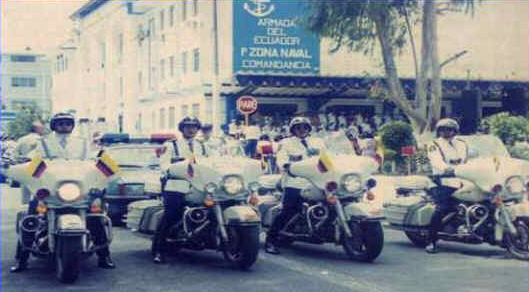 In 2004, the Transit Commission of Guayas Province acquires new motorcycles for the department of the Presidential Escort. These are the 1150 cc BMW brand.
In 2004, the Transit Commission of Guayas Province acquires new motorcycles for the department of the Presidential Escort. These are the 1150 cc BMW brand.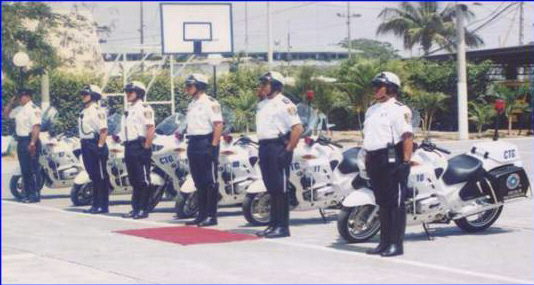 The Escort also received Suzuki Motorcycles of 500cc, which were acquired together with the BMW for the Department of the Presidential Escort CTG.
The Escort also received Suzuki Motorcycles of 500cc, which were acquired together with the BMW for the Department of the Presidential Escort CTG.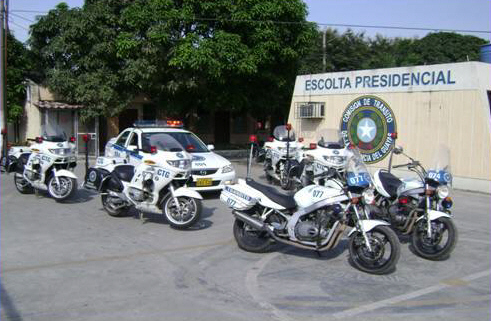 Here are Motorcyclists who took part in the caravan escorting Mr. Former President of the USA George Bush during his visit to the city of Guayaquil.
Here are Motorcyclists who took part in the caravan escorting Mr. Former President of the USA George Bush during his visit to the city of Guayaquil.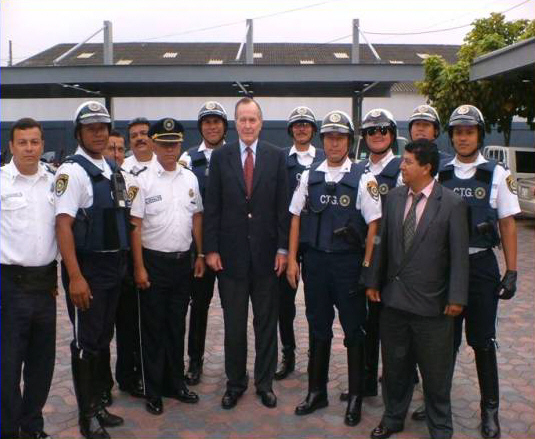 Here is the Head of Department (Cap. Jose Paredes Desiderio) planning with the class officers and gentlemen vigilant routes before a shift is going to escort some of the important people who visit the city of Guayaquil and Guayas Province.
Here is the Head of Department (Cap. Jose Paredes Desiderio) planning with the class officers and gentlemen vigilant routes before a shift is going to escort some of the important people who visit the city of Guayaquil and Guayas Province.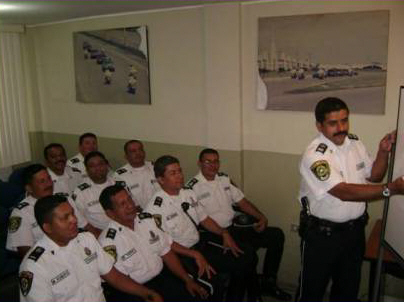 This is the Staff of the Presidential Escort doing acrobatics on BMW motorcycles.
This is the Staff of the Presidential Escort doing acrobatics on BMW motorcycles.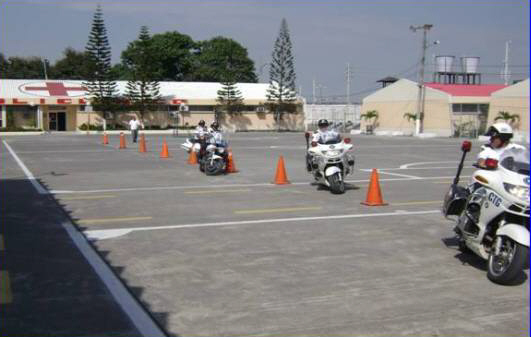
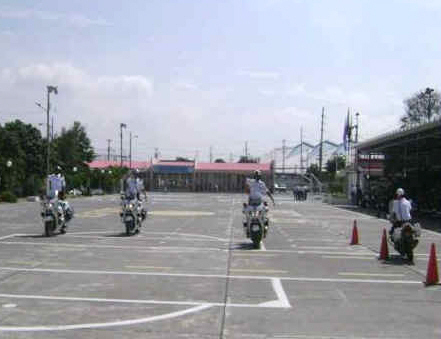 Like any other institution in the country and the world, women now form part of this great institution in the GUAYAS transit Commission. These beautiful and distinguished ladies who have the mystique and taste for wearing a uniform have the ability and skill to drive a motor vehicle, which has led them to join the select group of the Presidential Escort of the Province of Guayas.
Like any other institution in the country and the world, women now form part of this great institution in the GUAYAS transit Commission. These beautiful and distinguished ladies who have the mystique and taste for wearing a uniform have the ability and skill to drive a motor vehicle, which has led them to join the select group of the Presidential Escort of the Province of Guayas.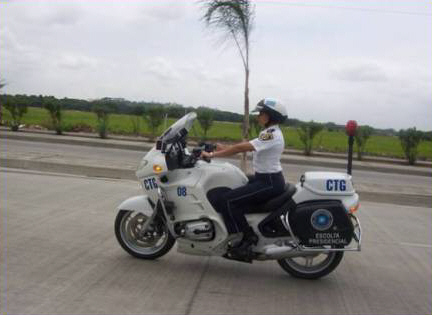
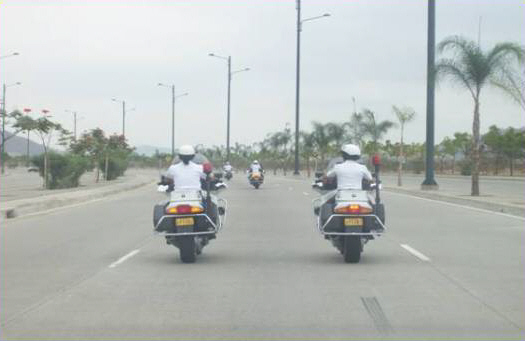 At present I am trying to communicate with police elsewhere in the world who are interested in training with modern techniques and exchange knowledge. We ask them to share their his knowledge by writing to my mail (jparedesd@ctg.gov.ec). If any groups use Harley Davidson, BMW, Honda, Suzuki, etc. and would like to educate two members of this institution which I represent I ask you to contact me.
At present I am trying to communicate with police elsewhere in the world who are interested in training with modern techniques and exchange knowledge. We ask them to share their his knowledge by writing to my mail (jparedesd@ctg.gov.ec). If any groups use Harley Davidson, BMW, Honda, Suzuki, etc. and would like to educate two members of this institution which I represent I ask you to contact me.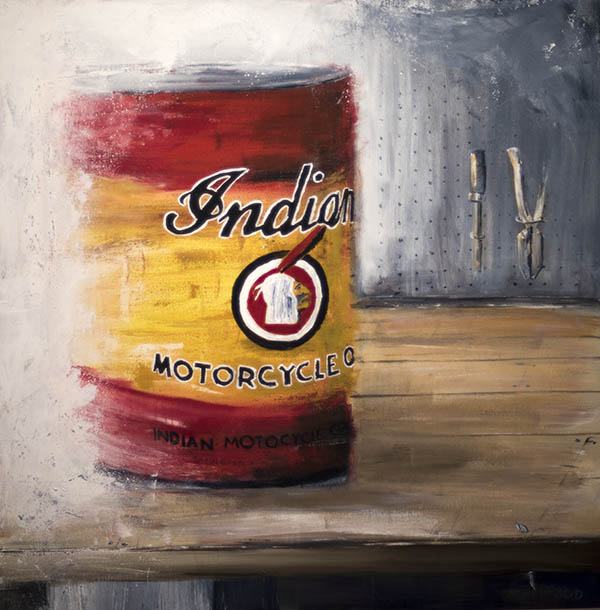 Motorcycles and things related to them are interesting..the bikes themselves, the people, the events, and more, so it was with some interest that Sue and I noticed a small piece in our local newspaper about a motorcycle show in nearby Chaffey College. Faster, Faster! The Art of Motorcycle Culture was the name of the show, and that sounded like it might be fun. Not having anything pressing to do, we decided to ride over and see it. I had my Nikon, thinking that the show might have some interesting motorcycles worthy of a photo or two.
Motorcycles and things related to them are interesting..the bikes themselves, the people, the events, and more, so it was with some interest that Sue and I noticed a small piece in our local newspaper about a motorcycle show in nearby Chaffey College. Faster, Faster! The Art of Motorcycle Culture was the name of the show, and that sounded like it might be fun. Not having anything pressing to do, we decided to ride over and see it. I had my Nikon, thinking that the show might have some interesting motorcycles worthy of a photo or two.